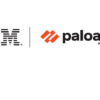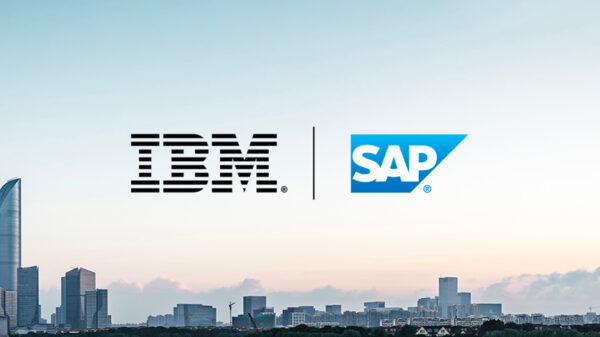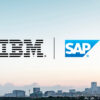The confluence of social media, mobility, cloud computing and Big Data is generating an explosion of data and information that will pose a big challenge to companies that are not prepared to store and manage unstructured content.
“A lot of organizations are not very well prepared to not only address these information challenges that are going to unfold, but also how they are going to leverage these information assets they are building,” says Rajnish Arora, associate vice president for enterprise computing at IDC. “Competitive differentiation will be defined by ability to leverage information assets and not application prowess.”
Citing a recent ASEAN study conducted by the research firm, Arora said that a majority or 30% of respondents from the region still use the internal storage inside their servers as their primary storage system. About 20% use both a storage area network (SAN) and network-attached storage (NAS).
Arora notes that these current storage environments are “not a very smart way of building storage infrastructure. That’s what companies have been doing for the past 20 years.”
Arora went on to stress that companies need to focus on building and strengthening storage capabilities rather than capacity. “Don’t just keep expanding your infrastructure to manage information; you have to start building a much more efficient and smarter infrastructure so you have more capacity utilization with less storage.”
Arora says that to build an efficient storage infrastructure, companies need to employ technologies such as virtualization, thin-provisioning, dynamic provision, data deduplication, and real-time compression. “You have to use all these technologies to do things in a much smarter fashion, otherwise you’ll constantly be putting more capacity in your data center,” says Arora. “You then use analytics to monetize all these digital assets that you’ve created.”
Smarter Storage
One company that is promoting a “smarter” way of managing storage is IBM. The company’s Smarter Storage is a “more efficient, automated and intelligent approach” to the design and deployment of storage.
“[Business and individuals] are collecting so much information and storing it. IBM is focused on helping companies address their storage challenges under the Smarter Storage umbrella,” says Ong Chee Beng, Business Unit Executive for Storage at IBM ASEAN Systems and Technology Group. “The essence of Smarter Storage is that we want to help our customers stop throwing hardware and buying more capacity. We believe that with our software capabilities around storage, we can help our customer get more out of what they already have. It’s smarter because it’s a different way of solving the same problem.”
Ong explains that the IBM smarter storage portfolio reduces and manages capacity growth. It also analyzes data patterns, and automatically makes data adjustments so as to optimize performance and cost. IBM smarter storage is also designed to adapt to rapidly changing conditions within a highly virtualized environment.
To strengthen its Smarter Storage portfolio, the company today is focusing on two game-changing technologies—Flash and Real-Time Compression.
In April 2013, IBM unveiled a strategic initiative to drive Flash technology further into the enterprise to help organizations better tackle the mounting challenges of Big Data.
Flash, a highly efficient re-writable memory, can speed the response times of information gathering in servers and storage systems from milliseconds to microseconds—orders of magnitude faster. Because it contains no moving parts, the technology is also more reliable, durable and more energy efficient than spinning hard drives.
According to IBM, Flash is outperforming hard disk systems, in terms of capacity, performance density, cost per IPS and energy efficiency.
The company will be investing a whopping $1 billion in research and development to design, create and integrate new Flash solutions into its expanding portfolio of servers, storage systems and middleware.
The confluence of Big Data, social, mobile and cloud technologies is creating an environment in the enterprise that demands faster, more efficient, access to business insights, and flash can provide that access quickly.
Meanwhile, Real-time Compression enables organizations to store up to five times more active data.
Unlike traditional compression technologies, the primary differentiator is that in RTC, a real-time, loss-less data compression technology for primary and active data is adopted. What this means is that the data is compressed as it is written to a storage device, which accelerate the entire process. What happens in current compression technologies is that data is written, stored and then at a later time, compressed, and space savings reclaimed.
Additionally, this compression is “always on,” which means that it can be enabled on active workloads and does not require scheduled periods for post-processing, unlike its predecessors. RTC is performed at real-time speed, and during file updates, only changed portions are compressed while most of the file remains intact.




















































































































